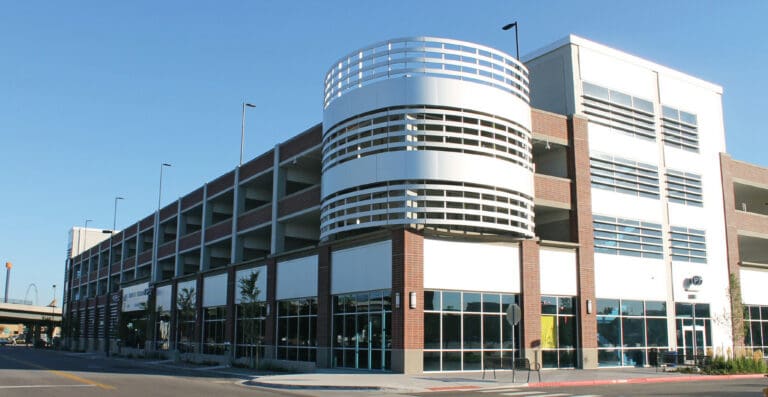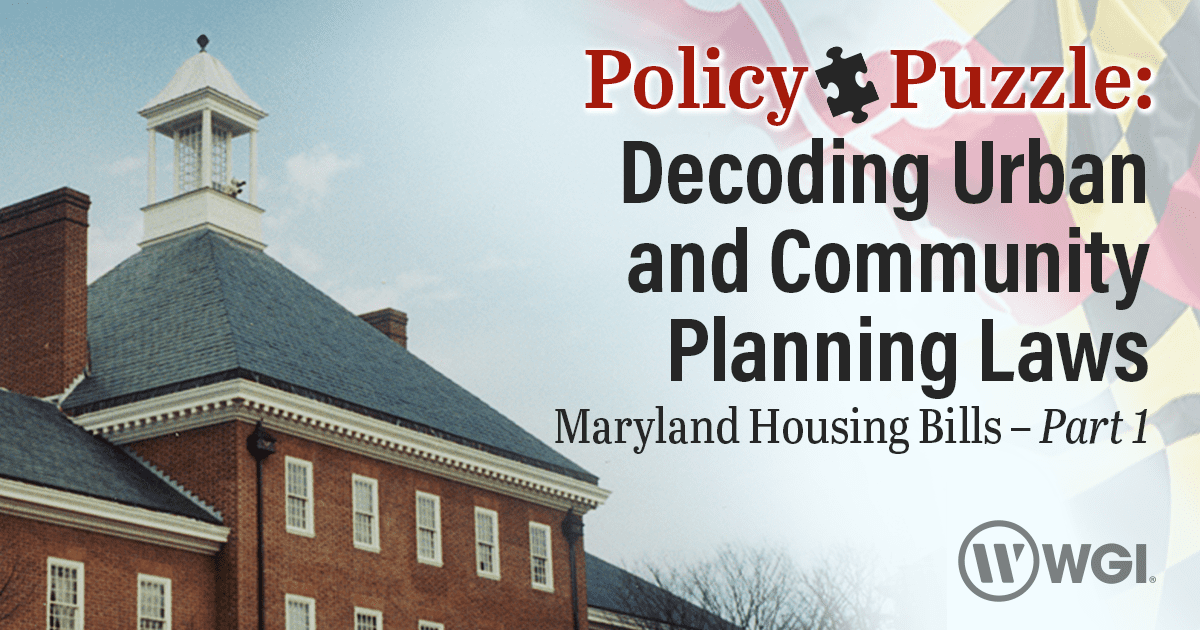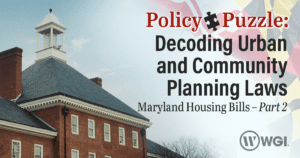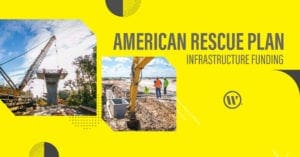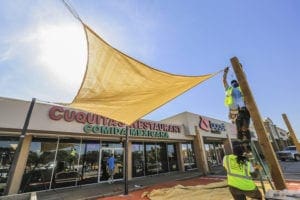
How E-commerce Affects Land Use — and How COVID-19 Affects E-Commerce
WGI’s Lisa Nisenson was featured on the American Planning Association’s podcast to discuss rapidly changing e-commerce trends and technologies, and the long-term implications of COVID-19 on the way planners are thinking about the future.




